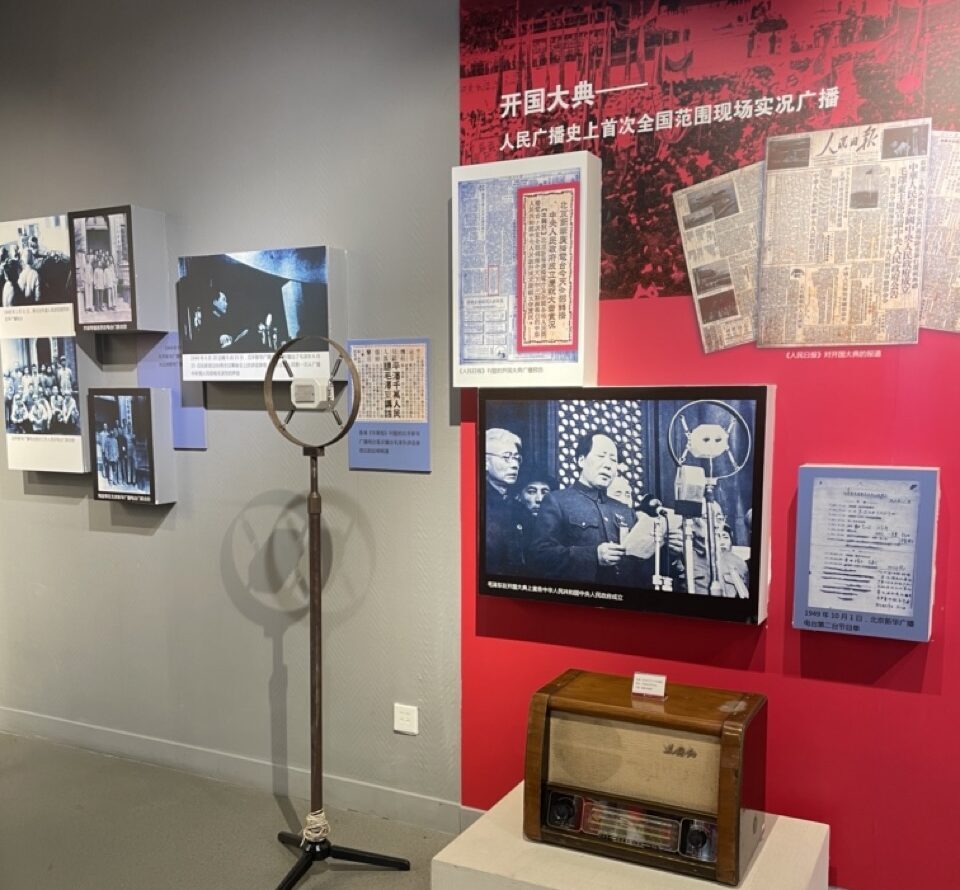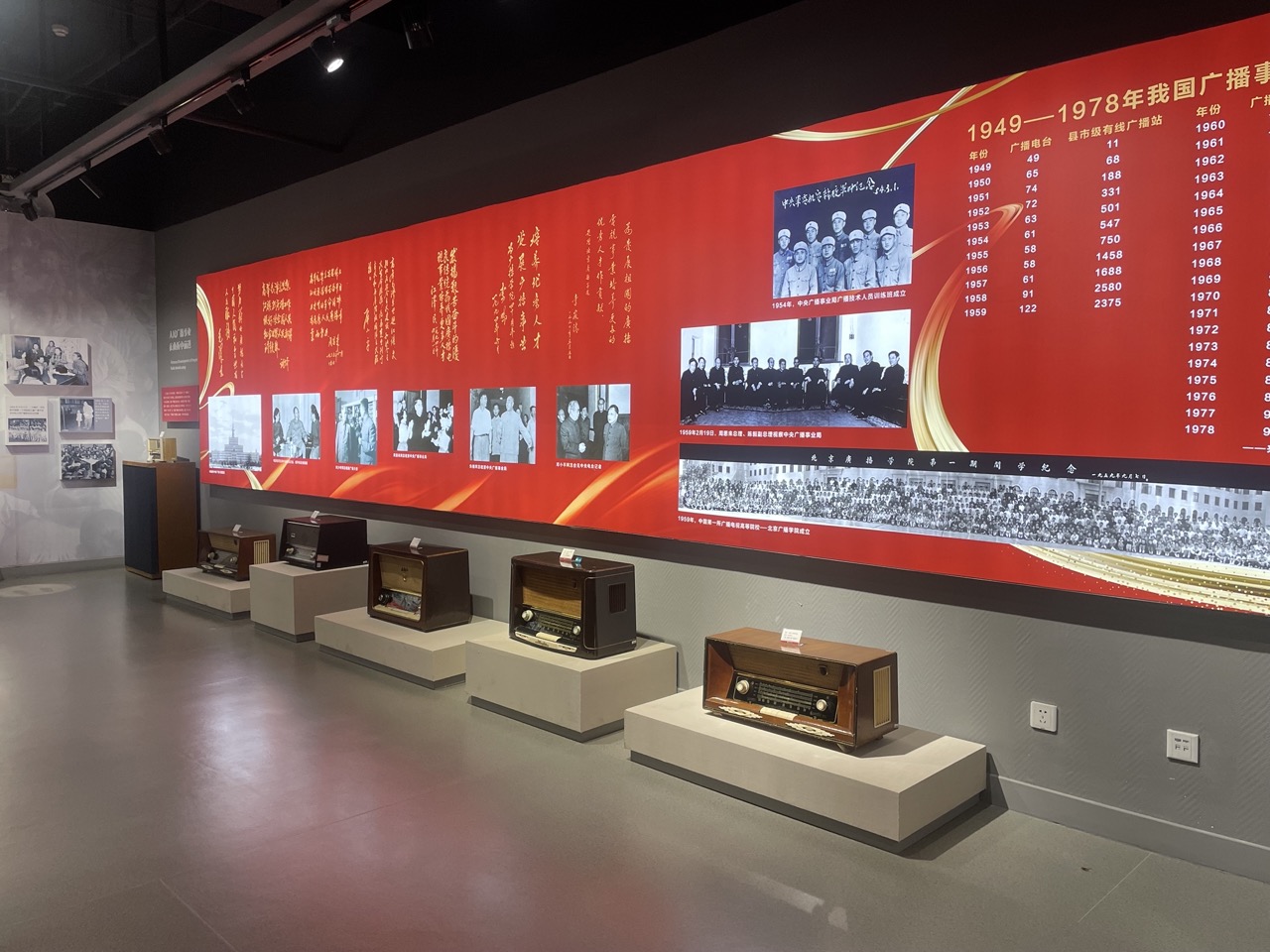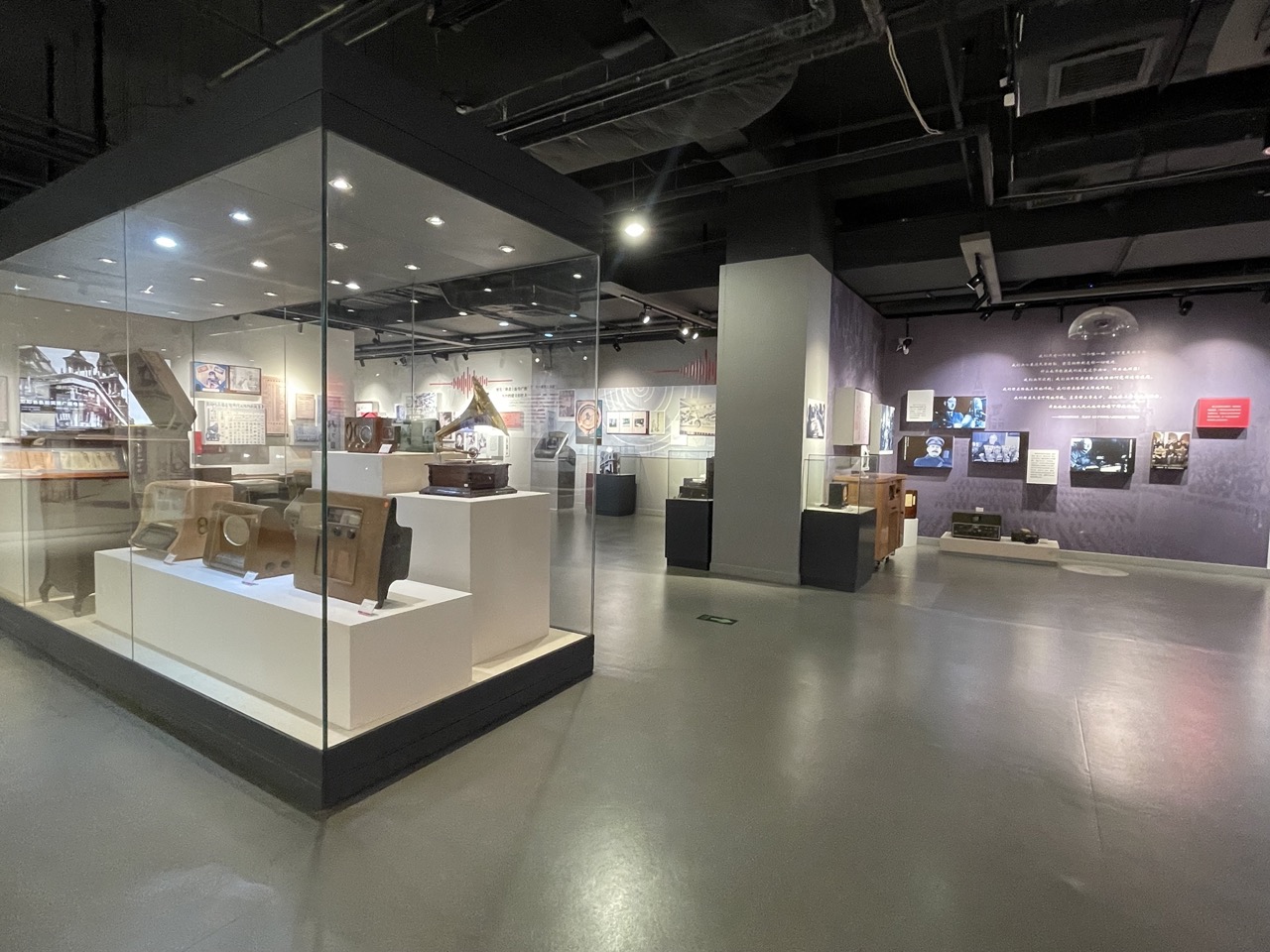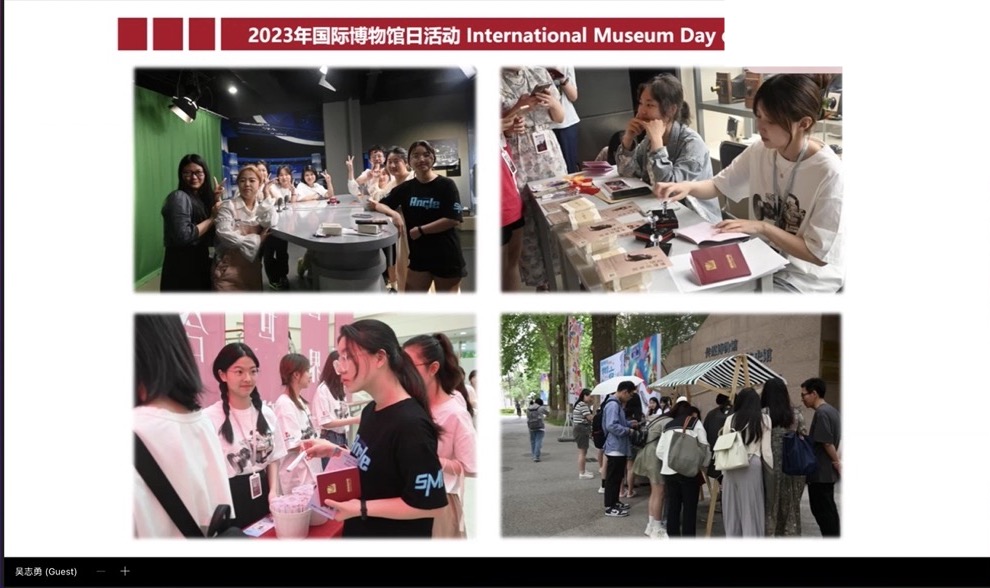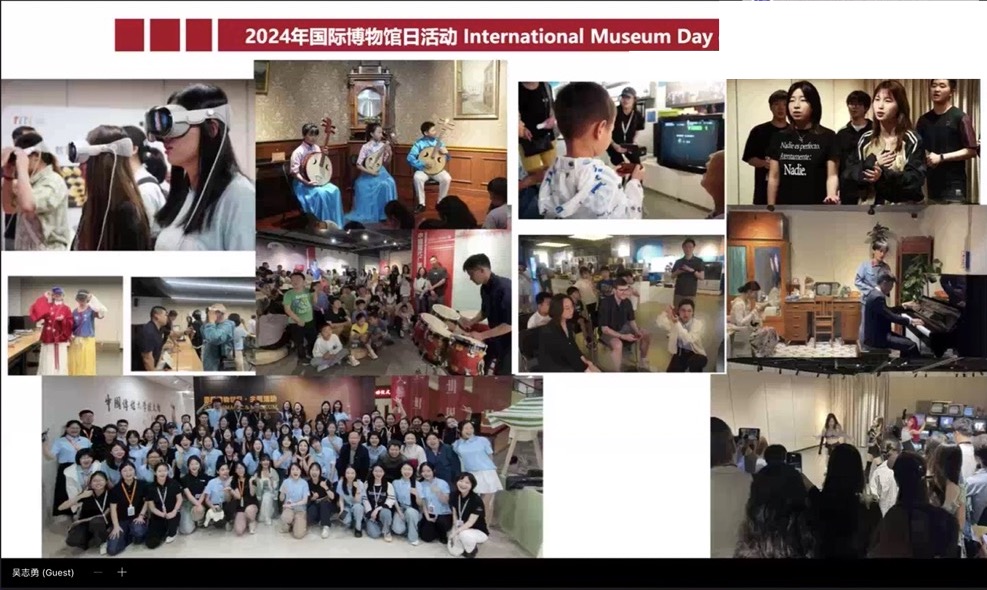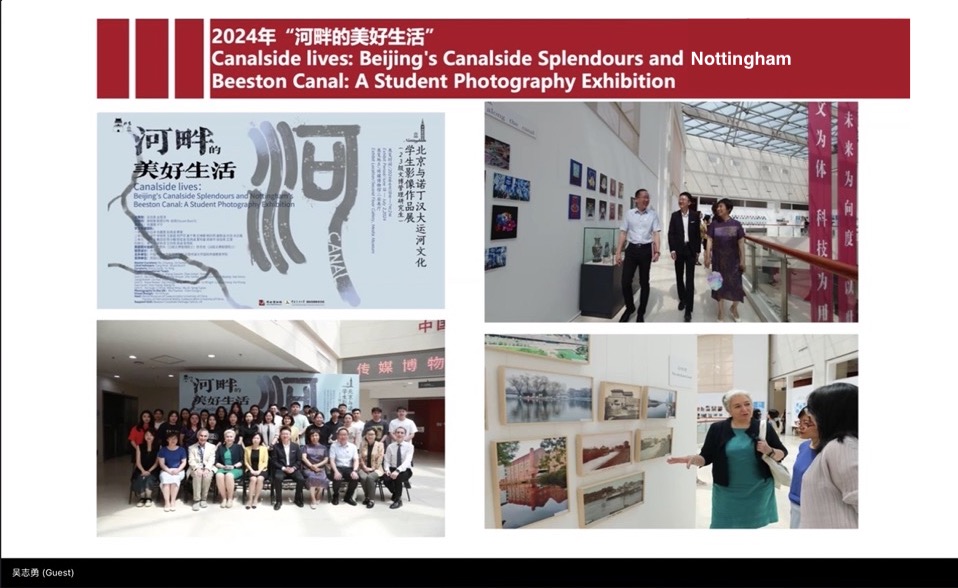Case Study
The Media Museum at Communication University of China (CUC)
Wu Zhiyong, Member Museum Committee
Universities in Beijing, CUC
Background
The Media Museum at Communication University of China (CUC) is a specialized, nationally recognized institution devoted to preserving and interpreting the history of China’s media industries. It collects and displays artefacts relating to broadcasting, television, film, and transmission, while also functioning as an educational resource and innovation hub for students. The museum uses immersive programming, student involvement, collaborations with schools, and digital media to strengthen both heritage protection and public engagement. Despite its relatively small size, the museum leverages its collection, educational ties, and innovation to project its relevance in China’s cultural heritage landscape.
The China Media Museum at CUC is unique in its specialization: its focus is media history and industry rather than general cultural or art history. As a nationally recognized museum, it functions both as a site of heritage protection and as an academic and educational resource. It supports research, teaches future specialists, and engages public audiences. According to China Daily, it is described as “the first national-level comprehensive museum integrating collections, exhibitions, historical research, cultural and creative education and the experience of media culture in China.”
The museum building was completed on October 26, 2012, with an exhibition area of approximately 3,000 square meters. It is divided into four main pavilions—broadcasting, television, film, and transmission—and includes seven halls plus a corridor dedicated to media technology. Its collection is sizable: over 12,000 exhibits including about 1,000 documents/images, 4,000 audio‐video materials, and 7,000 artefacts.
Resources
Rethinking Heritage Futures, Online Workshop “Improving the Visitor Experience”, 27 November 2024, Nottingham Trent University (NTU), Communication University of China (CUC).
Approaches
The approach of the Media Museum / School History Museum involves several core strategies:
- Collection & Exhibition with Specialization
The museum focuses on documenting the evolution of media technologies (broadcast, film, television, transmission). By having dedicated pavilions for each media domain, exhibits can delve into the technical, historical, and cultural shifts specific to each medium. - Education & Student Engagement
The museum heavily involves its own students—through internships, thematic student exhibitions, collaboration with related academic departments (e.g. culture and heritage majors), and outreach to middle schools. One example is an exhibition themed on the Grand Canal (“river that goes from West Lake to Beijing”) curated by students, involving teachers and student exchange. This creates experiential learning for students and helps produce exhibitions with Chinese characteristics. (Note: this specific exhibition is from your notes; I did not find an independent source confirming it.) - Interactive & Technological Enhancements
The museum uses new technologies for display and promotion. This includes immersive presentations during special events (for example, Museum Night on May 18), digital media platforms (short video, social media), and possibly AR/VR or similar technologies to make media artefacts more accessible and engaging. - Promotion, Branding, and Public Collaboration
To reach wider audiences, the museum collaborates with social media platforms, partnerships with municipal cultural bureaus, and national associations of museums. It also develops cultural products (souvenirs, posters, bags) to help reinforce museum identity and visitor engagement. - High Quality & Research Emphasis
Given its small size, the museum prioritizes quality over quantity — emphasizing the strengths of its collection, good research into exhibits, professional curatorial standards, and highlighting unique/competitive elements that distinguish it among media museums.
Projects
Some illustrative projects and features includes:
Museum Night (May 18): Every year, the museum holds special events to mark International Museum Day. Students contribute ideas; the event includes concerts, treasure hunts, immersive or creative installations. (From your notes; not verified in external sources in detail.)
Student Exhibitions and Internships: Students majoring in culture & heritage are involved in curating exhibitions, such as the “river from West Lake to Beijing” theme, sometimes in collaboration with municipal cultural heritage bureaus. Internships are offered so students can participate in museum operations.
School Outreach: The museum invites middle school students to visit and learn about media history. This fosters early interest in media heritage and culture.
Digital Promotion & Cultural Products: Use of social media (e.g. Chinese equivalents of TikTok or short video platforms) and creation of museum-related merchandise (bags, posters, gadgets) to promote awareness.
7. Academic Exchanges and International Cooperation
The museum hosts international academic salons such as “Film Cooperation, Exchange, and Emotional Resonance from a Global Perspective”, and deeply participates in industry events such as the 2025 Beijing Animation Week Theme Forum. It brings together domestic and foreign scholars and industry experts to conduct in-depth discussions on cutting-edge topics such as “tradition and modernity, cross-border integration and reconstruction” of Chinese animation, promoting the innovative development of film theory and creative practice.
Challenges and Successes
Challenges
- Physical size constraints (~3,000 m²) limit the scale of exhibitions and possibly visitor capacity.
- Need to continuously innovate to remain relevant, especially given fast changes in media technology.
- Dependence on student and institutional resources; scaling up may require more funding or staffing.
- Balancing academic/research goals with public engagement demands.
Successes
- Recognition as a national-level media museum with specialized institutional mission.
- Strong collection: over 12,000 exhibits covering different media forms; four dedicated pavilions.
- Engagement with students through internships and student‐curated exhibits.
- Use of promotional channels and cultural products to enhance visibility.
- Emphasis on quality of exhibition & research helps distinguish the museum despite small size.
Discussion
From this case, several concluding observations and future trajectories emerge:
- Even small-scale museums with niche specialization can have disproportionate impact if they leverage strong collections, educational partnerships, and digital media.
- Integration between academic units (university), cultural heritage bodies, and public outreach broadens museum relevance.
- Technology remains a key enabler: immersive displays, hybrid online/offline events, and digital promotion expand reach beyond physical visitors.
- The museum is still rethinking its strengths: finding what makes it “competitive” (what unique collections, narratives, or display methods it offers) is central to its future growth.
- International collaboration—both with comparable media museums and through shared exhibitions or digital exchanges—offers opportunities to raise profile and learn best practices.
Further Resources
Websites:
China Media Museum – CUC https://en.cuc.edu.cn/2017/0518/c2202a136114/page.htm
Images
Image Credit:
Simona Cosentino, Research Project Assistant.
Image Credit:
Wu Zhiyong, Member of the Museum Committee Universities in Beijing and associate research fellow at Communication University of China.
